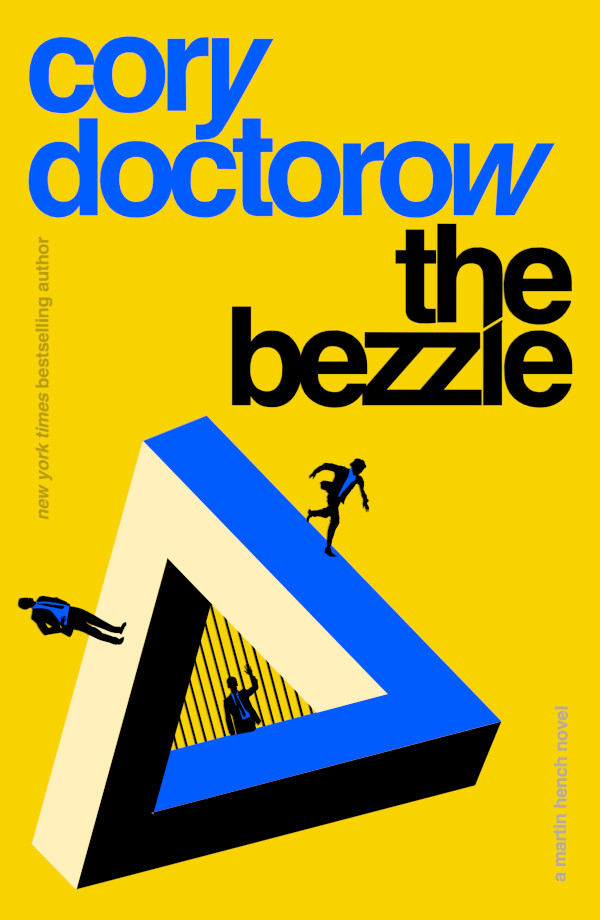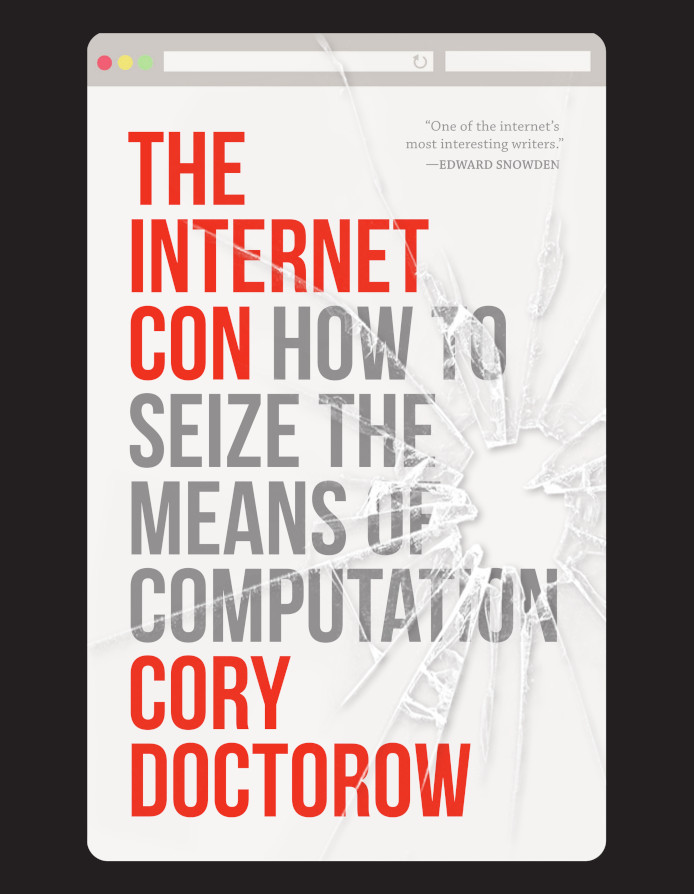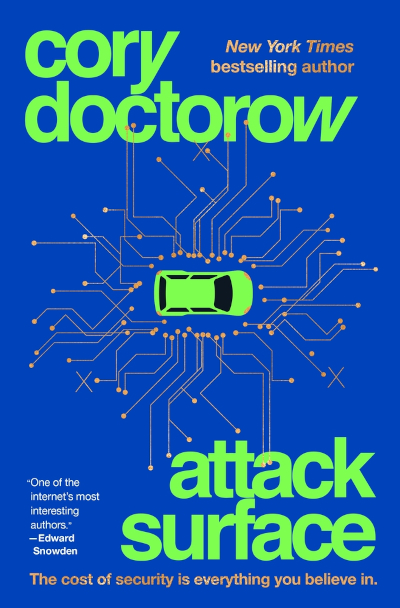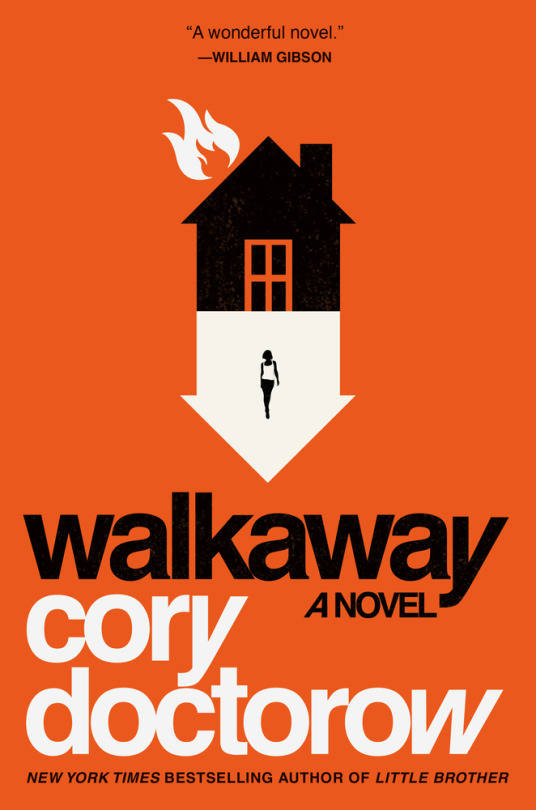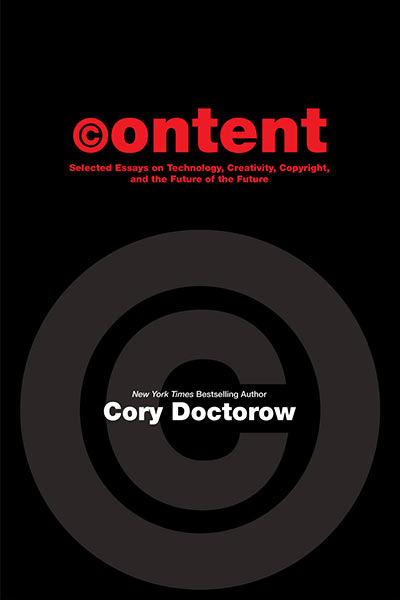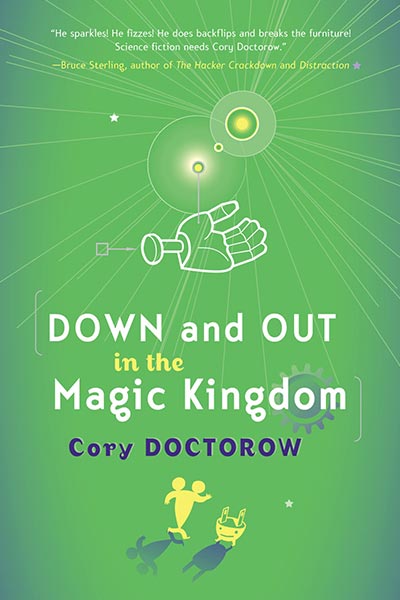
This week on my podcast, I read The reason you can’t buy a car is the same reason that your health insurer let hackers dox you, a column from one of last week’s editions of my Pluralistic newsletter; it describes a monopoly pattern whereby companies execute a series of mergers to dominate a sector, leaving their IT systems brittle and tangled – and vital to the nation.
Just like with Equifax, the 737 Max disasters tipped Boeing into a string of increasingly grim catastrophes. Each fresh disaster landed with the grim inevitability of your general contractor texting you that he’s just opened up your ceiling and discovered that all your joists had rotted out – and that he won’t be able to deal with that until he deals with the termites he found last week, and that they’ll have to wait until he gets to the cracks in the foundation slab from the week before, and that those will have to wait until he gets to the asbestos he just discovered in the walls.Drip, drip, drip, as you realize that the most expensive thing you own – which is also the thing you had hoped to shelter for the rest of your life – isn’t even a teardown, it’s just a pure liability. Even if you razed the structure, you couldn’t start over, because the soil is full of PCBs. It’s not a toxic asset, because it’s not an asset. It’s just toxic.
Equifax isn’t just a company: it’s infrastructure. It started out as an engine for racial, political and sexual discrimination, paying snoops to collect gossip from nosy neighbors, which was assembled into vast warehouses full of binders that told bank officers which loan applicants should be denied for being queer, or leftists, or, you know, Black











